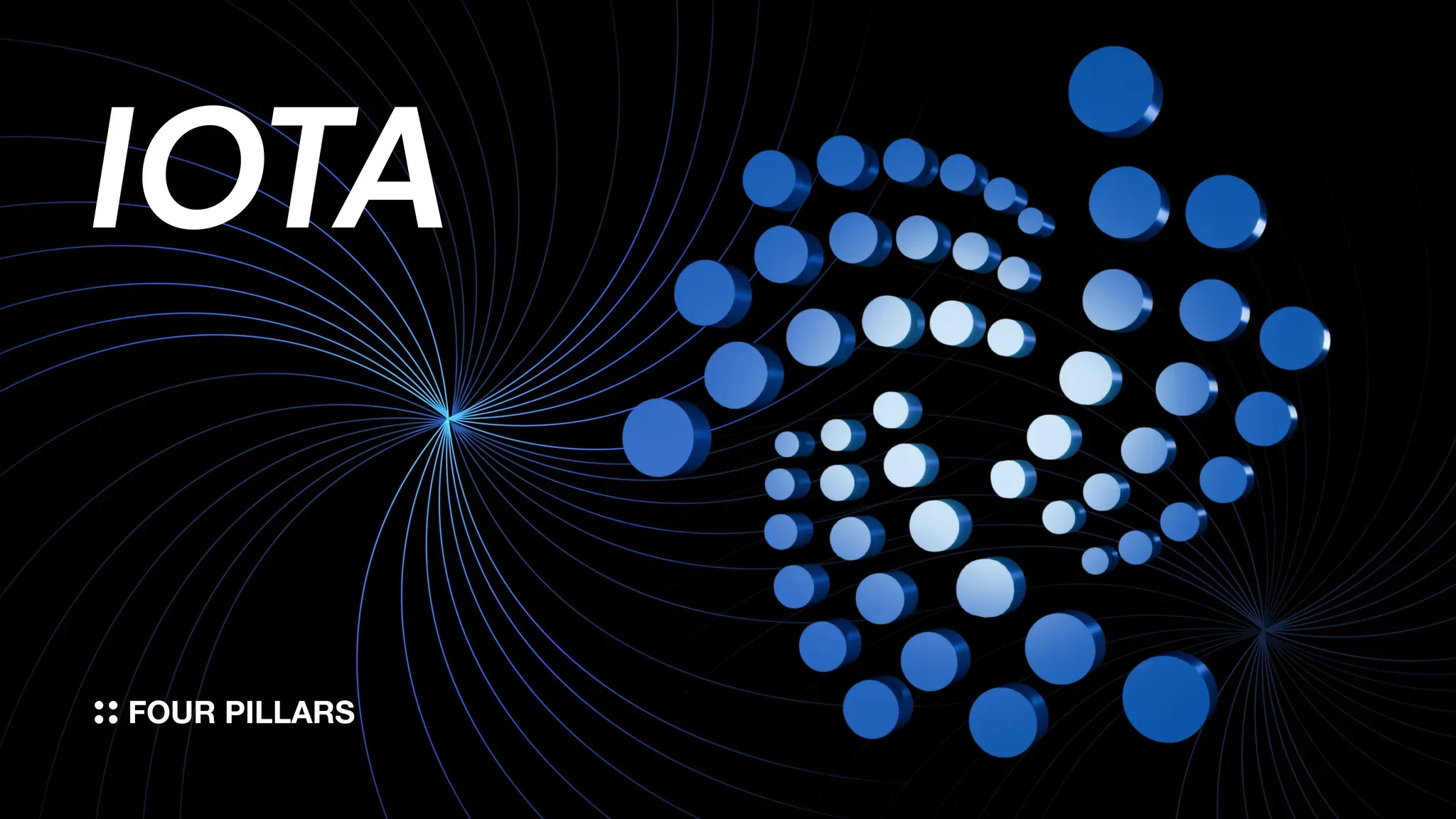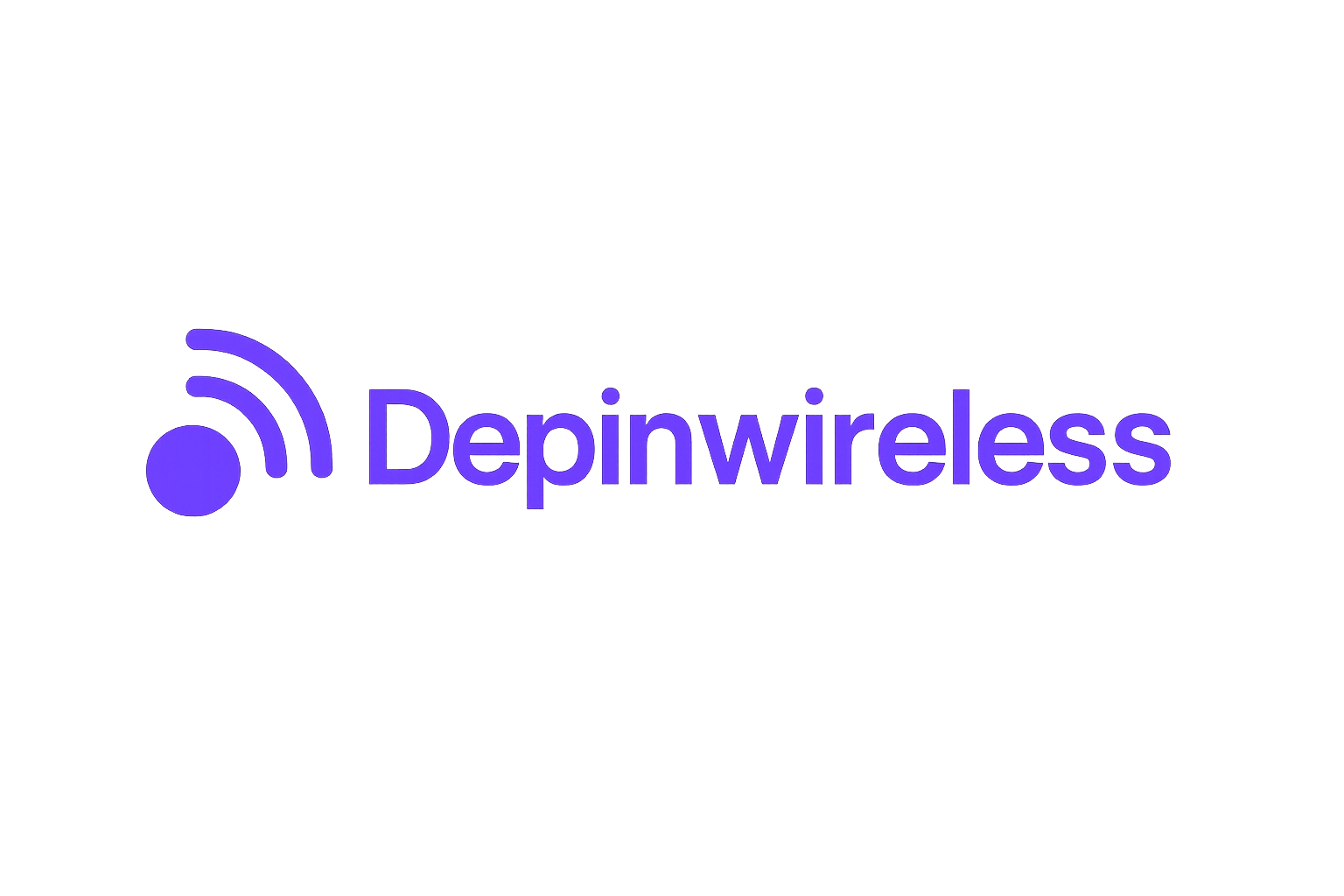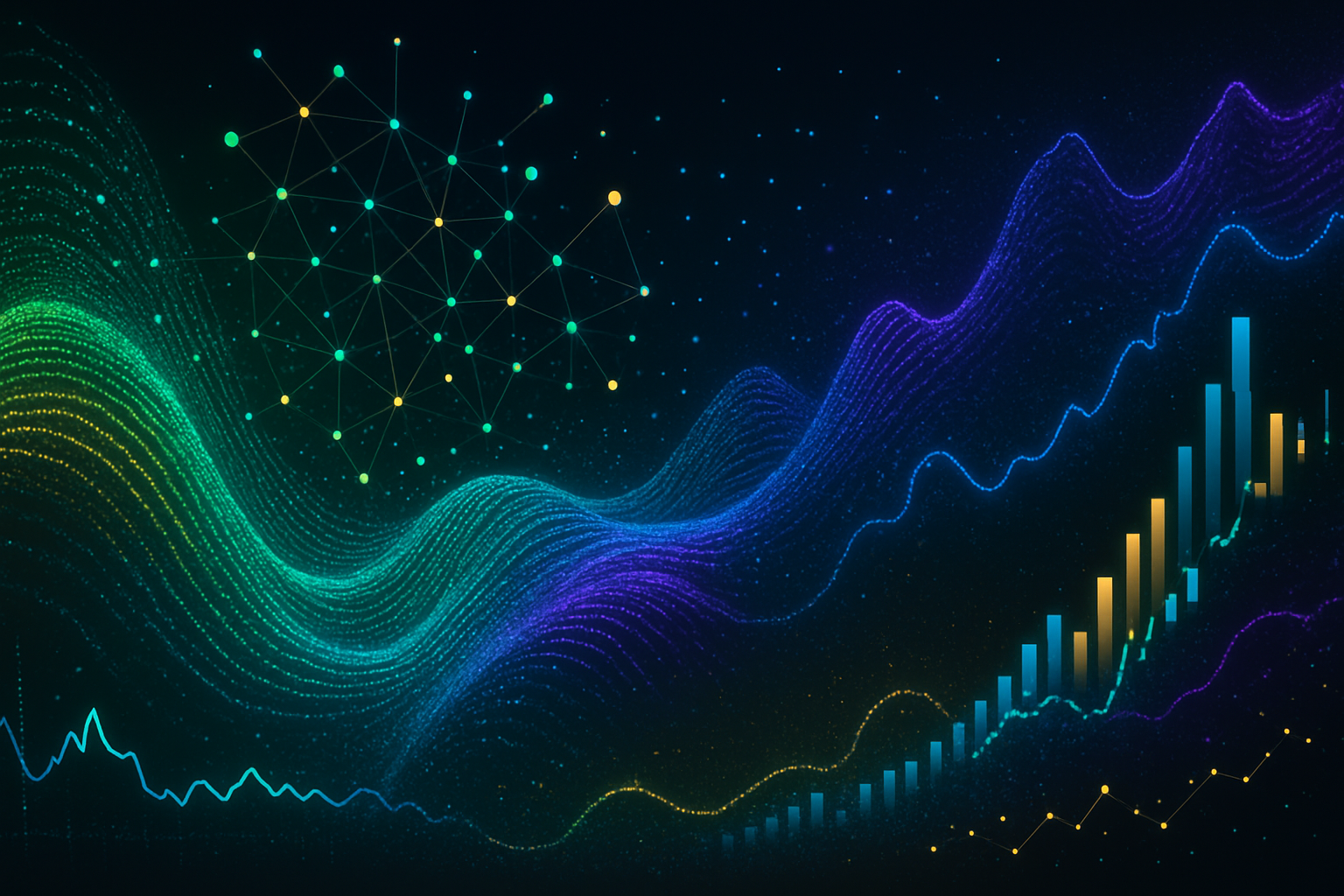
In 2025, as the Internet of Things (IoT) ecosystem matures and the demand for scalable, cost-effective connectivity intensifies, IOTA’s Tangle architecture stands out as a transformative solution. Unlike traditional blockchains that rely on miners and transaction fees, IOTA’s directed acyclic graph (DAG) structure enables fee-free microtransactions: a foundational requirement for large-scale machine-to-machine (M2M) commerce. With IOTA currently trading at $0.1415, and recent protocol upgrades accelerating adoption, the project has become a focal point for both enterprise IoT deployments and DePIN wireless advocates.
IOTA (MIOTA) Price Prediction 2026–2031
Expert Forecasts Based on Tangle Adoption, IoT Integration, and DeFi Expansion (2025 Baseline: $0.1415)
| Year | Minimum Price | Average Price | Maximum Price | Year-over-Year % Change (Avg) | Market Scenario Insights |
|---|---|---|---|---|---|
| 2026 | $0.13 | $0.18 | $0.28 | +27% | IoT adoption grows steadily; Rebased protocol matures; bearish scenario assumes slow enterprise uptake |
| 2027 | $0.16 | $0.23 | $0.36 | +28% | Increased DeFi use cases and developer activity; bullish scenario sees IoT partnerships expanding |
| 2028 | $0.21 | $0.30 | $0.48 | +30% | Smart city and industrial IoT pilots scale up; regulatory clarity boosts confidence |
| 2029 | $0.27 | $0.39 | $0.62 | +30% | Mainstream IoT M2M payments; institutional integration; max scenario assumes continued protocol upgrades |
| 2030 | $0.34 | $0.50 | $0.81 | +28% | IOTA becomes a standard in IoT microtransactions; market cap grows with global device connectivity |
| 2031 | $0.42 | $0.63 | $1.05 | +26% | Widespread IoT and DeFi interoperability; possible competition from emerging DAG or blockchain solutions |
Price Prediction Summary
IOTA (MIOTA) is projected to experience steady growth from 2026 to 2031, driven by its unique feeless Tangle architecture and expanding adoption in IoT and DeFi sectors. Average price forecasts suggest a logical, progressive increase, with the potential for significant upside if adoption accelerates and the technology maintains its competitive edge. However, risks from slow enterprise adoption or new technological competitors remain, reflected in the wide min-max price ranges.
Key Factors Affecting IOTA Price
- Adoption of IOTA’s Rebased protocol and integration with IoT devices globally
- Growth of decentralized finance (DeFi) applications on IOTA’s EVM-compatible smart contracts
- Market cycles and overall investor sentiment in the cryptocurrency sector
- Regulatory developments impacting IoT data, privacy, and crypto assets
- Competition from other DAG-based or next-generation blockchains targeting IoT
- Macroeconomic factors and institutional investment trends
- Continued protocol improvements and security enhancements by the IOTA Foundation
Disclaimer: Cryptocurrency price predictions are speculative and based on current market analysis.
Actual prices may vary significantly due to market volatility, regulatory changes, and other factors.
Always do your own research before making investment decisions.
IOTA’s Tangle: Redefining Blockchain for IoT Microtransactions
The core innovation behind IOTA is the Tangle, a DAG-based ledger where each transaction confirms two previous ones. This eliminates the need for miners or validators to process transactions, which in turn eradicates transaction fees. For IoT applications, where billions of devices may exchange small amounts of value or data every second, this is not just an optimization but an absolute necessity.
Traditional blockchains like Bitcoin or Ethereum are ill-suited for such high-frequency, low-value exchanges due to their inherent fee structures and scalability bottlenecks. In contrast, the Tangle’s architecture means that as network usage grows, so does its throughput and efficiency, a rare case where increased adoption directly improves performance.
Fee-Free Transactions: The Catalyst for IoT Adoption
Microtransactions are at the heart of many IoT use cases: from connected vehicles paying tolls in real time to smart appliances purchasing electricity on demand. Any friction in these transactions, such as fees eating into tiny payments, makes many business models economically unviable. According to multiple industry sources in 2025, IOTA remains unique among major distributed ledgers in offering truly feeless transactions.
This property is not just theoretical; it has practical implications for both developers and enterprises seeking to monetize data streams or automate resource allocation between devices. For example, supply chain sensors can trigger micropayments as goods move through checkpoints without incurring cumulative costs that would erode margins.
Scalability Unlocked: The Impact of Rebased Protocol Upgrades
The year 2025 marked a major inflection point with the launch of IOTA’s Rebased protocol. This upgrade introduced high-speed, EVM-compatible smart contracts capable of processing up to 50,000 transactions per second, orders of magnitude beyond most legacy blockchains. The result? A surge in developer interest and institutional exploration across decentralized wireless IoT networks.
IOTA’s commitment to decentralization and security has been reinforced through continuous protocol refinements. Following a decisive community vote to transition from IOTA 2.0 to Rebased, the network now offers a more robust foundation for emerging DePIN wireless use cases and next-gen M2M economies.
IOTA (MIOTA) Price Prediction 2026-2031
Comprehensive IOTA (MIOTA) price forecasts based on current market trends, technological developments, and IoT adoption scenarios (Baseline price as of Nov 2025: $0.1415)
| Year | Minimum Price (Bearish) | Average Price (Base Case) | Maximum Price (Bullish) | Year-over-Year Change (Avg) | Key Market Scenario |
|---|---|---|---|---|---|
| 2026 | $0.12 | $0.18 | $0.32 | +27% | IoT pilot expansions, moderate adoption |
| 2027 | $0.15 | $0.25 | $0.48 | +39% | First large-scale IoT deployments; increased Rebased adoption |
| 2028 | $0.20 | $0.36 | $0.72 | +44% | Mainstream M2M payments, DeFi integration growth |
| 2029 | $0.24 | $0.51 | $1.10 | +42% | Global IoT device proliferation, strong DeFi use cases |
| 2030 | $0.29 | $0.68 | $1.60 | +33% | IOTA as leading fee-free IoT settlement layer |
| 2031 | $0.35 | $0.89 | $2.20 | +31% | Mature IoT ecosystem, institutional participation |
Price Prediction Summary
IOTA (MIOTA) is positioned to benefit from the growing IoT and machine-to-machine (M2M) economy, especially with its unique Tangle architecture and the 2025 Rebased protocol upgrade. Price forecasts suggest a steady, progressive rise through 2031, with average prices potentially increasing more than 6x from current levels if IoT adoption accelerates. Bearish scenarios remain possible if market adoption stalls or competition intensifies, but the protocol’s fee-free and scalable structure underpins its long-term potential.
Key Factors Affecting IOTA Price
- Adoption of IoT and M2M payments: Widespread device integration and real-world use cases will drive demand for MIOTA.
- Technological advancements: Successful scaling, continued EVM compatibility, and protocol improvements (e.g., Rebased) will support higher valuation.
- Regulatory environment: Supportive regulation of IoT and crypto will foster investment and adoption; adverse regulation may hinder growth.
- Competition: Other IoT-focused blockchains or DAGs could impact IOTA’s market share if they offer superior features or incentives.
- Macro crypto market cycles: Bullish or bearish market sentiment will influence price momentum and investor appetite.
- Institutional and developer participation: Partnerships, ecosystem funding, and developer activity will be key for sustained growth.
Disclaimer: Cryptocurrency price predictions are speculative and based on current market analysis.
Actual prices may vary significantly due to market volatility, regulatory changes, and other factors.
Always do your own research before making investment decisions.
The Data-Driven Case for Decentralized Wireless IoT
The synergy between Tangle DAG IoT scalability and decentralized wireless infrastructure is drawing attention from investors and technologists alike. As more devices join the network, and as protocols continue to evolve, the vision of seamless, autonomous economic activity between machines comes sharply into focus.
Major industries are already piloting IOTA-based solutions in logistics, energy, and smart city infrastructure. For example, autonomous electric vehicles can now negotiate charging sessions and pay for grid access in real time, with each transaction settled instantly and without fees. This model is equally compelling for decentralized wireless (DePIN) networks, where hotspots or gateways can meter bandwidth or data relays on a per-packet basis, again, without the friction of micro-fees cannibalizing revenues.

The economic impact is significant. By removing transaction costs, IOTA enables entirely new business models centered on IOTA Tangle microtransactions. This includes dynamic pricing for edge computing resources, sensor data marketplaces, or even swarm robotics coordinating tasks with autonomous settlement. The lack of fees isn’t just a technical achievement; it’s a catalyst for innovation across the decentralized wireless landscape.
Real-World Adoption: IOTA in Supply Chain and Beyond
Supply chain tracking stands out as one of the most mature use cases. Here, every step, from raw material sourcing to last-mile delivery, can be logged immutably and compensated automatically using feeless IOTA transactions. Enterprises gain end-to-end visibility while reducing reconciliation overheads and fraud risk. In 2025, several Fortune 500 firms have announced partnerships leveraging IOTA for decentralized supply chain management.
Elsewhere, smart grids are using IOTA to facilitate peer-to-peer energy trading between homes and microgrids. The ability to settle thousands of tiny payments per day without incurring prohibitive costs has made decentralized energy markets viable at scale, a breakthrough that would be impossible on legacy blockchains.
Risks and Outlook: What’s Next for IOTA?
Despite these advances, challenges remain. Ongoing protocol hardening is critical as the network scales; security audits and bug bounties are now routine parts of IOTA’s roadmap. Regulatory clarity around machine-to-machine payments is also evolving but still lags behind technological progress.
Market sentiment around MIOTA reflects both optimism and caution. At its current price of $0.1415, investors are watching closely for signs that enterprise adoption will translate into sustained demand growth, and that the network will maintain its performance edge as real-world usage accelerates.
Nevertheless, the data-driven case for decentralized wireless IoT powered by fee-free protocols like Tangle remains compelling. As billions more devices come online over the next few years, architectures that can scale without introducing prohibitive costs will define the future of digital infrastructure.





